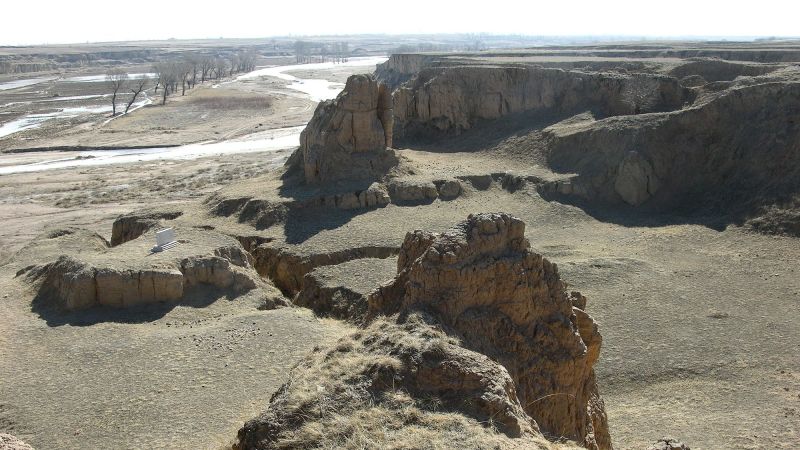The journey of human evolution is intricate and rich, presenting an ever-expanding narrative that researchers strive to decode. Over the past two decades, significant discoveries have led to the emergence of new branches on the human family tree, revealing ancient species that challenge prior understandings of our ancestry. Among these species are the distinctive Homo floresiensis, commonly referred to as the “hobbit,” and the robust Homo naledi.
One of the more intriguing recent findings was a pinkie bone unearthed from the Denisova Cave, located in Siberia’s Altai Mountains. Discovered in 2010, this fossil triggered the identification of the Denisovans, an enigmatic group that likely shares genetic ties with some modern humans. This budding understanding signals that our lineage is even more complex than previously envisioned. Amidst this exploration, researchers are scrutinizing a collection of humanlike fossils in China that have perplexed experts for many years.
These Chinese fossils consist of skull fragments, teeth, and jaws, which have sparked theories that they represent an entirely new species of ancient human relative. Aptly proposed as Homo juluensis, this potential ancestor is notable for possessing a remarkably large brain that surpasses even that of modern humans. However, the suggestion of a new species designation has stirred some controversy within the scientific community, with experts debating the implications of this classification.
Researchers such as Christopher Bae from the University of Hawaii at Manoa, alongside Wu Xiujie from the Institute of Vertebrate Paleontology and Paleoanthropology in Beijing, are among those advocating for the recognition of Homo juluensis. They suggest that this species might even be linked with the Denisovans, although concrete fossil evidence directly tied to the Denisovans has yet to emerge. This highlights the complexity and dynamic nature of human evolutionary studies, indicating that our understanding could still shift as more evidence comes to light.
Transitioning from the realm of human history to the cosmos, astronomers have also made headway in understanding fast radio bursts, mysterious cosmic signals identified since 2007 that release energy surpassing that generated by the sun within a single day. Recent revelations from a Canadian radio telescope have mapped the origins of two fast radio bursts, tracing one to a magnetar—a rapidly spinning star surrounded by a turbulent magnetic field—and the other to the outskirts of an ancient, inactive galaxy.
These contrasting sources suggest that fast radio bursts originate from a variety of cosmic environments, thus propelling forward the quest to decipher their mysterious nature and mechanisms. Furthermore, the investigation delves into the potential for such phenomena to yield insights into the fundamental workings of our universe.
On the terrestrial front, the brush-tailed bettong, a diminutive marsupial, plays a unique role in its ecosystem. Known for its resemblance to a small kangaroo, the bettong exhibits a stark survival strategy by ejecting its vulnerable joey to escape predators, a testament to its harsh living conditions. With a population decline exceeding 90%, efforts are now being implemented to reintroduce this species back into its native habitat, where it serves a crucial role in soil aeration and enhancing plant growth through its foraging habits.
In a startling event, a meteorite recently made headlines after striking the front walkway of a residence on Prince Edward Island, Canada. Named “Charlottetown,” this space rock was confirmed by scientists to be a meteorite that had traversed the solar system before its monumental descent. Not only does this event capture the visceral excitement of a close-range meteorite observation, but it also underscores the substantial scientific interest surrounding meteorites and their contributions to planetary science.
Shifting our gaze to the red planet, Mars is home to numerous mounds that may reveal insights into its historic geology, particularly concerning ancient water flows. These mounds, bearing similarities to the iconic formations in Monument Valley, are pivotal for understanding Martian environmental history. They may become research targets for the European Space Agency’s upcoming ExoMars mission, slated to launch in 2028.
The interplay between Earth science and planetary exploration continues to yield compelling discoveries, emphasizing the intricate connections between our planet and the wider universe. From ancient species to cosmic phenomena, each revelation invites deeper inquiry and captivates our collective imagination.



